Mice sleep in hidden, dark areas like wall voids, attics, and basements. They prefer places with minimal human disturbance. Let’s take a closer look in this post where do mice sleep in your house.
Mice are nocturnal creatures that seek refuge in secluded parts of your home. They often nest in insulated walls, attics, basements, and even under appliances. These areas offer them protection from predators and a quiet environment to rest. Mice build nests from shredded paper, fabric, and other soft materials, creating a cozy space to sleep.
Their presence can lead to significant damage and health risks, making it crucial to address any infestations promptly. Understanding their sleeping habits can help in effectively locating and eradicating them from your home. Preventative measures, like sealing entry points, can keep these pests at bay.
Common Indoor Nesting Spots
Mice are stealthy creatures that can invade your home without notice. They seek shelter in hidden spaces. Knowing their common indoor nesting spots can help you target these areas effectively. Here are some usual places where mice might nest in your house:
Attics And Lofts
The attic is a favorite spot for mice. It offers warmth and safety. Mice can easily access attics through small gaps and cracks.
- Old furniture and boxes provide hiding spots.
- Insulation materials are perfect for nesting.
- Dark corners are often left undisturbed.
Basements And Cellars
Basements offer a cool, dark environment, ideal for mice. They can enter through foundation cracks.
Basements often have clutter. This clutter provides excellent hiding spots.
- Stored items like boxes and old clothes attract mice.
- Unfinished basements with exposed pipes and wires are inviting.
- Moisture and food sources make basements even more attractive.
| Nesting Spot | Reason for Preference |
|---|---|
| Attics | Warmth, safety, and insulation materials |
| Basements | Cool, dark, cluttered, and moisture |
Identifying these common indoor nesting spots can help you take action. Keep these areas clean and sealed to prevent infestations.
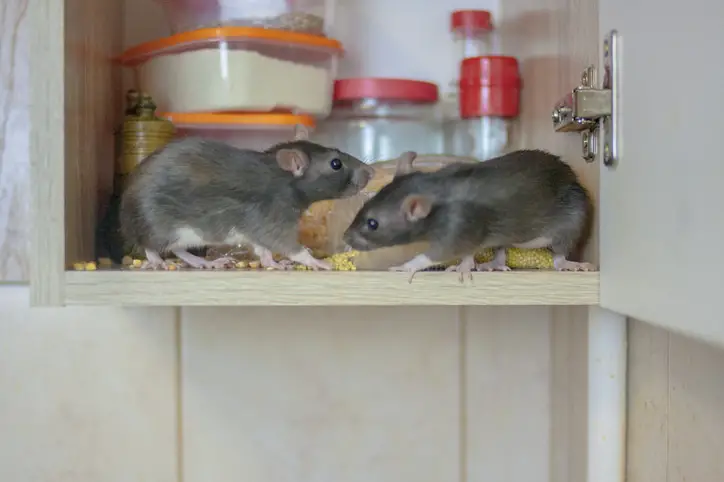
Credit: www.brodybrotherspestcontrol.com
Kitchen Hideouts
The kitchen is a favorite hideout for mice. It’s warm and has food. Mice find many cozy spots to sleep here.
Behind Appliances
Mice love to hide behind appliances. The gaps behind the refrigerator and oven are perfect for them. These spots are dark and warm. Mice feel safe here. They also find food crumbs. This makes it an ideal spot for them.
| Appliance | Why Mice Like It |
|---|---|
| Refrigerator | Warmth and food crumbs |
| Oven | Heat and dark space |
| Dishwasher | Moisture and leftover food |
Inside Cabinets
Mice also sleep inside cabinets. They chew through the wood to make a nest. Inside, they find food and warmth. Mice like the dark and quiet of cabinets. They feel hidden from humans. It’s also close to food sources.
- Dark and quiet
- Near food
- Warm and hidden
Check your cabinets for mouse droppings. This is a sign they are there. Keep food in sealed containers to prevent mice.
Bedroom Intruders
Finding mice in your bedroom can be unsettling. These tiny invaders find creative spots to hide and sleep. Understanding their favorite hiding places helps in keeping them at bay.
Closets And Wardrobes
Mice love the darkness and warmth of closets and wardrobes. Clothes offer perfect nesting material. They shred fabrics and create cozy nests.
- Look for chewed clothing.
- Check for droppings on the closet floor.
- Inspect corners for tiny holes.
Keeping these areas clean and organized can deter mice. Use plastic containers to store clothes and seal any gaps.
Under Beds
Under beds is another favorite spot for mice. The darkness and clutter provide a safe haven.
- Check for gnawed items.
- Spot droppings near bed legs.
- Listen for scratching sounds at night.
Keep the area under your bed tidy. Use storage bins with tight lids to limit access. Regularly vacuum to remove any food crumbs.
| Hiding Spot | Signs of Mice | Preventive Measures |
|---|---|---|
| Closets and Wardrobes | Chewed clothing, droppings, tiny holes | Use plastic containers, seal gaps |
| Under Beds | Gnawed items, droppings, scratching sounds | Use tight-lid bins, regular vacuuming |
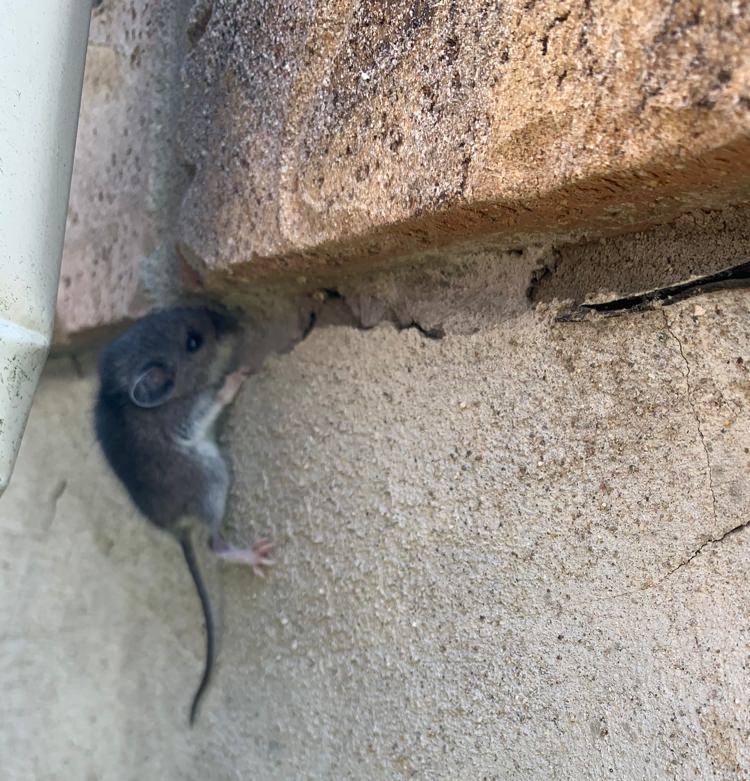
Credit: www.ontariowildliferemoval.ca
Living Room Havens
The living room is a common area for mice to seek shelter. They find it cozy and full of hiding spots. Let’s explore where mice might sleep in your living room.
Sofas And Armchairs
Mice love hiding in sofas and armchairs. The soft cushions provide warmth. They can easily squeeze through tiny gaps to get inside. Once inside, they make nests with stuffing material. Mice feel safe and hidden in this environment.
- Mice can chew through the fabric.
- They often use stuffing to build nests.
- Mice droppings may be found under cushions.
To prevent mice, inspect and clean your furniture regularly. Seal any gaps or holes in the fabric.
Inside Wall Cavities
Wall cavities are another favorite spot for mice. They enter through small cracks or holes in the walls. Inside, they find it warm and secluded. Mice often use these spaces to build nests and store food.
| Signs of Mice | Actions to Take |
|---|---|
| Scratching sounds in walls | Seal all entry points |
| Mice droppings near walls | Clean and disinfect the area |
| Chewed electrical wires | Repair and secure wires |
To stop mice from entering wall cavities, inspect your home’s exterior. Seal any cracks or holes you find. Regular maintenance can keep mice out of your walls.
Utility Room Shelters
Utility rooms are a common hiding spot for mice. These areas provide warmth and safety. Mice can easily find food scraps and nesting materials here. Let’s explore where mice hide in these utility room spaces.
Laundry Areas
Mice often hide in laundry areas. These spots are warm and dark. They can nest behind washing machines and dryers. The presence of lint and fabric is perfect for their nests.
- Behind washing machines
- In piles of dirty laundry
- Inside laundry baskets
Check these areas regularly. Clean up any food crumbs or spills. Seal any gaps or holes in the walls.
Water Heater Closets
Water heater closets are another favorite spot. These areas are warm and quiet. Mice feel safe and undisturbed here.
| Hiding Spots | Why Mice Like Them |
|---|---|
| Behind the water heater | Warmth and darkness |
| In storage boxes | Easy nesting materials |
| Underneath the closet floor | Safe hiding place |
Inspect your water heater closet often. Look for signs of mice, like droppings or gnawed wires. Keep the area clean and clutter-free.
:max_bytes(150000):strip_icc()/questions-and-answers-about-mice-2656489_final-df103dc83bc44d0c83afc430b8a22730.png)
Credit: www.thespruce.com
Garage And Shed Refuge
Mice often find your garage and shed to be a perfect refuge. These spaces offer warmth, food, and hidden corners. Knowing where they hide can help you prevent infestations.
Storage Boxes
Mice love nesting in storage boxes filled with old clothes or papers. These boxes provide cozy, dark spaces where mice can hide and breed.
- Cardboard boxes are a favorite for mice.
- Plastic containers with loose lids also attract them.
- Check for chewed edges and droppings around boxes.
Workbench Areas
Your workbench areas can become mouse havens. These spots often have tools, scraps, and small hiding places.
- Mice use small tools and scraps to build nests.
- They hide in drawers and behind heavy equipment.
- Look for gnawed wires and droppings around your workbench.
Keeping your garage and shed clean can deter mice. Regularly inspect these areas for signs of mouse activity.
Signs Of Nesting
Identifying the signs of nesting can help you detect a mouse problem early. Mice are small, but they leave noticeable traces. Knowing these signs helps you find and eliminate their nests. Below are some common signs to watch for in your home.
Droppings And Debris
Mice leave behind droppings that look like small, dark grains of rice. You may find these droppings near food sources or in hidden corners. They often nest in attics, basements, and behind appliances.
Besides droppings, you might notice small piles of shredded paper or fabric. Mice use these materials to build their nests. Check for these signs in dark, quiet areas like closets and storage spaces.
| Sign | Description |
|---|---|
| Droppings | Small, dark, rice-shaped pellets found near food or nests. |
| Debris | Shredded paper, fabric, and other nesting materials. |
Chew Marks
Mice have strong teeth and will chew on various materials. You may see chew marks on furniture, wires, and even walls. These marks are often small and rough around the edges.
Chewing helps mice keep their teeth sharp and access food. They might also chew through plastic containers and cardboard boxes. Inspect these items regularly for signs of gnawing.
- Furniture: Look for small, rough edges on legs and corners.
- Wires: Frayed or gnawed wires can be a fire hazard.
- Containers: Check plastic and cardboard for holes or damage.
Preventive Measures
Keeping mice out of your house is crucial. Mice can damage property and spread diseases. Follow these preventive measures to keep your home safe and clean.
Sealing Entry Points
Mice can squeeze through tiny gaps. Seal all entry points to prevent their access.
- Use caulk or steel wool to block small holes.
- Install door sweeps on exterior doors.
- Fix broken windows and screens.
Check your walls, floors, and foundation for cracks. Seal them promptly. This will keep your home mouse-free.
Regular Cleaning
A clean home is less attractive to mice. Maintain regular cleaning habits.
- Store food in airtight containers.
- Keep your kitchen crumb-free.
- Vacuum and sweep floors often.
Take out the trash daily. Clean up spills right away. Mice love clutter, so keep your home tidy.
| Task | Frequency |
|---|---|
| Check for holes | Monthly |
| Vacuum floors | Weekly |
| Take out trash | Daily |
Following these steps can help prevent mice from entering your home. Stay vigilant and maintain a clean environment. This will ensure a mouse-free home.
Frequently Asked Questions
Where Do Mice Hide During The Day Indoors?
Mice hide in dark, secluded areas during the day. Common spots include behind appliances, inside walls, and under furniture. They also nest in cluttered storage areas like basements and attics.
Will Mice Go Near Sleeping Humans?
Mice may approach sleeping humans in search of food or warmth. They usually avoid direct contact but can come close. Keep your sleeping area clean to deter them.
Where Do Mice Sleep In Your House During The Day?
Mice sleep in hidden, quiet places during the day. Common spots include wall voids, attics, basements, and behind appliances.
How Do I Find A Hidden Mouse In My House?
To find a hidden mouse, check dark, secluded areas. Look behind furniture, inside cabinets, and under appliances. Use traps or bait to lure it out. Seal entry points to prevent more mice. Clean up food crumbs and clutter to deter them.
Where Do Mice Hide In Homes?
Mice often hide in attics, basements, and behind walls.
Conclusion
Mice can hide in various places in your home. Understanding their hiding spots helps in effective removal. Regular inspections and proper sealing of entry points can prevent infestations. By keeping your home clean and clutter-free, you can minimize the chances of mice finding a place to sleep.

“My name is Leo Jacob, and I hold a Bachelor of Science degree with Honors in Applied Environmental Science and Sustainability from the University of the West of Scotland. Since childhood, I’ve been passionate about living an eco-friendly life. After completing my studies, I dedicated myself to finding simple ways to lead a more environmentally conscious lifestyle. I launched ecolifely.com to share my educational background and practical experiences with everyone, hoping to inspire others to join me in creating a greener, more sustainable world.”

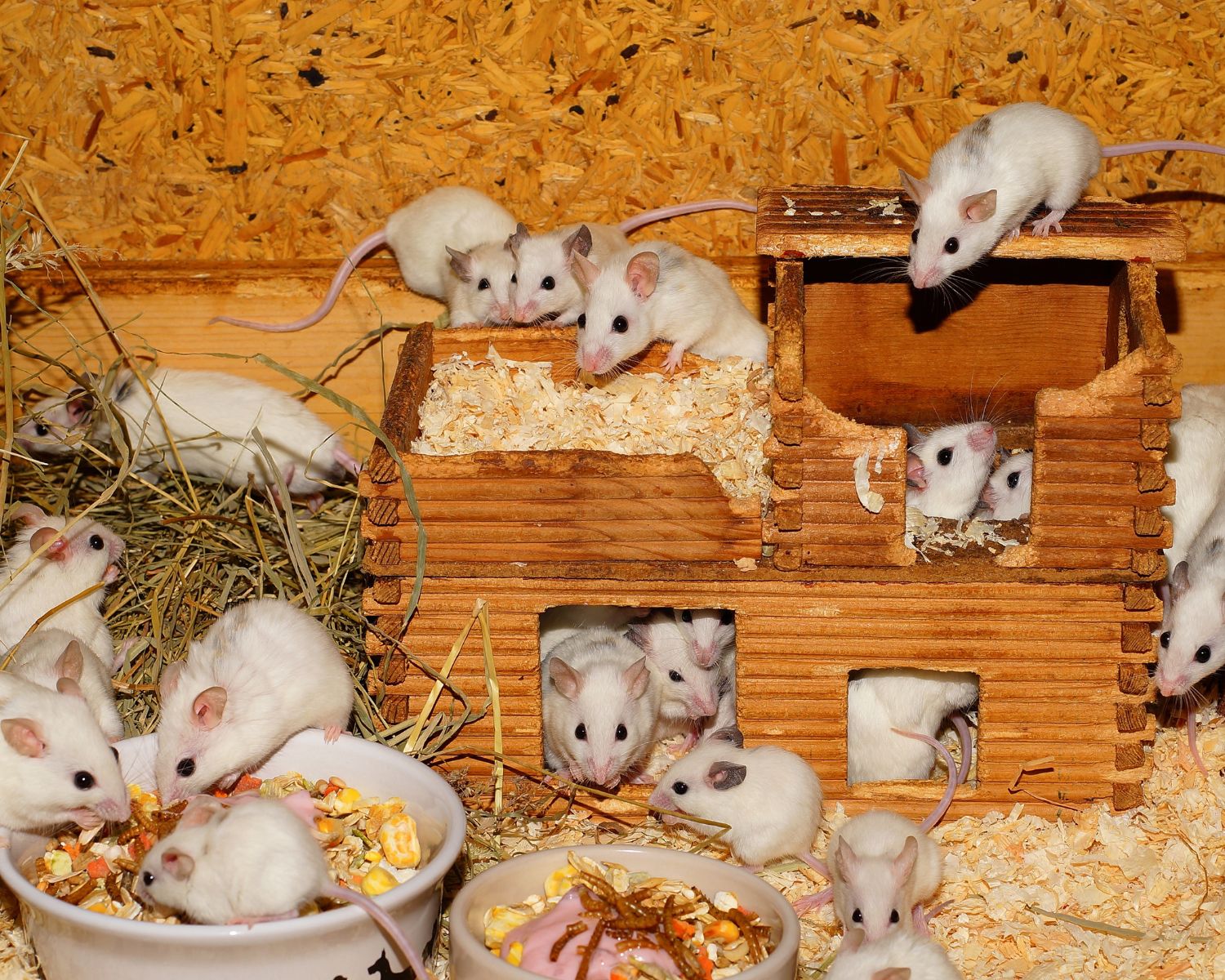


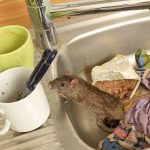

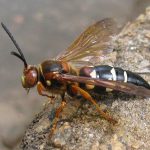



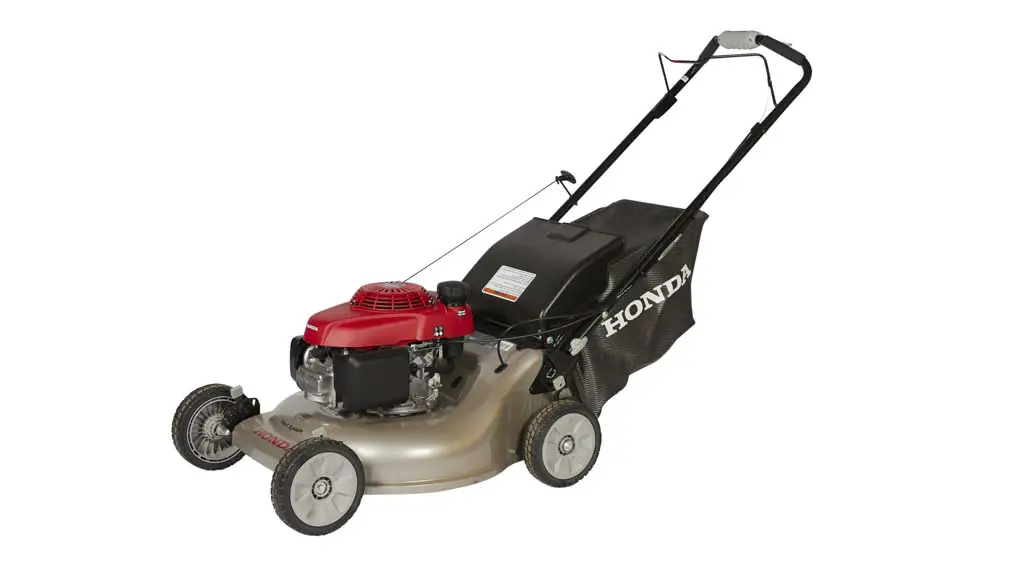
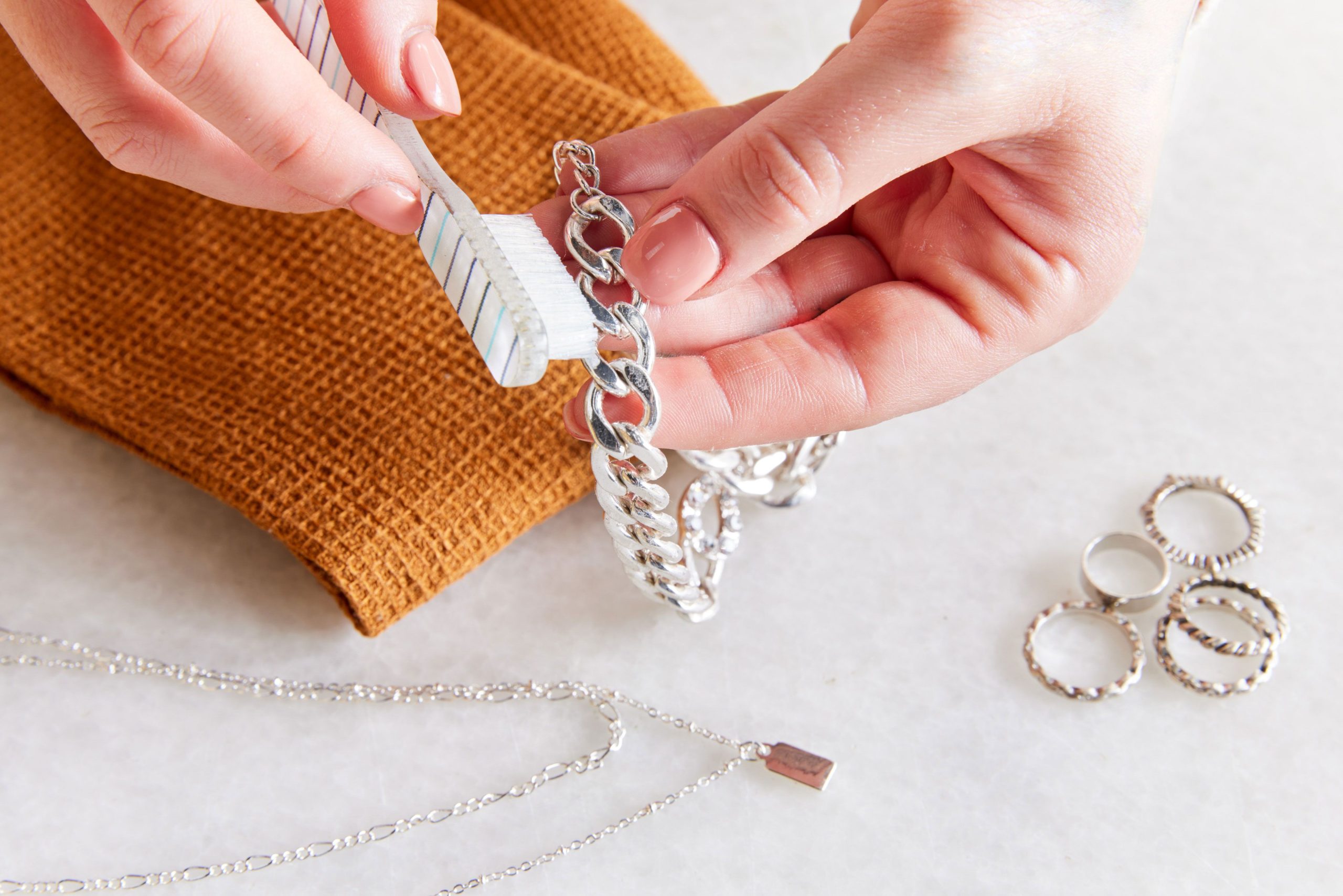

Leave a Reply